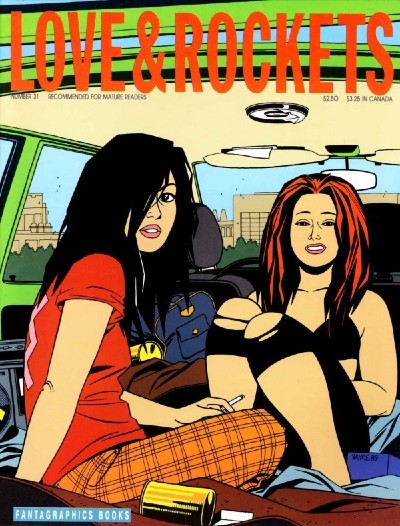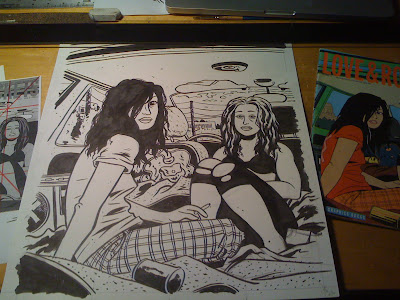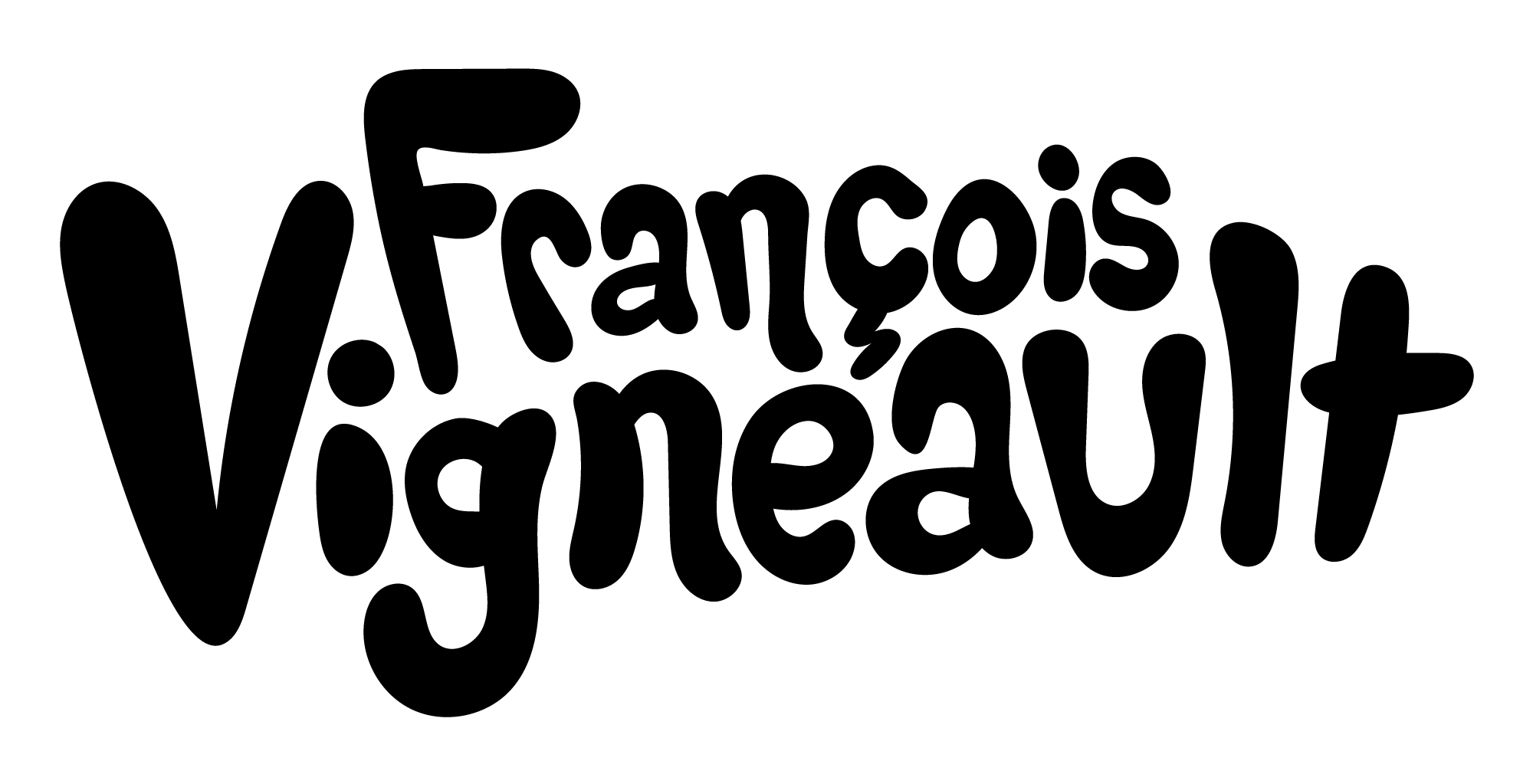Covers Album
I was recently invited to pick out three of my favorite comic covers and discuss them for Broken Frontier’s “Covers Album” feature. One thing I really enjoyed was that they asked not just for “three faves” but for one cover each in the categories of Inspirational, Aesthetic, and Pure Nostalgia, which is a great way of approaching it! I’ve included my “Inspirational” choice below, to see the rest of my picks read the whole post over at Broken Frontier!
Inspirational: Love & Rockets #31 (1989) by Jaime Hernandez (Fantagraphics Book)

I was just out of high school when my friend (and brilliant cartoonist) Jonas Madden-Connor thrust an issue of Love & Rockets into my hands and said “You’re gonna love this.” Obviously, he was right. Jaime Hernandez looms large in my personal pantheon of comic book artists, in fact you could probably safely say he’s right at the top. The combination of Jaime’s multi-ethnic, Southern California punk rock subject matter and his super-clean, fifties-style drawing aesthetic was a match made in heaven for me. I ended up writing my thesis on Jaime’s work and I pored over every panel, page, and cover of the Locas saga.
I could easily pick any of a dozen iconic Love & Rockets covers for this (check out this earlier Covers Album post to read Ricky Miller’s appreciation of what is in my mind the ne plus ultra of Jaime covers and comic book covers, period, L&R #24), but I often find myself coming back to this quiet portrait of Hopey and Maggie on the road. This simple image does so many of the things I’m attempting to do with my own art (but so much better than I can do myself, naturally!). There is a fantastic tension in this image that’s reminiscent of great portraiture in painting and photography, I’m simultaneously pulled in by this image and have the impression that I am trespassing, an unwelcome interloper in a self-contained world. The image combines a sort of pure simplicity of line and form (the black spotting in Hopey’s hair and Maggie’s clothes is perfection) with a ton of subtle details (the fold of skin on Hopey’s elbow, the casually held cigarette, the trash cluttering the backseat of the car) that make the scene feel completely lived-in and authentic. It’s a window into a fictional world that I can’t help but want to find out more about.
That is the kind of feeling I’d really like to achieve in my own work, and though I happily don’t hold myself up to the high bar Jaime is setting here, there is still a ton for me to learn in his work. In fact, I did a study of this particular image nearly ten years ago that ran on the late, great Covered blog, and for any artist who is trying to learn the tricks of the trade I’d highly recommend this sort of exercise.

